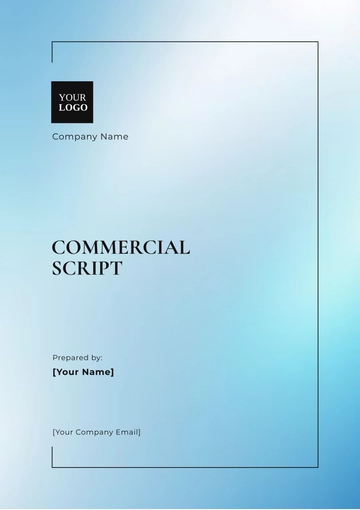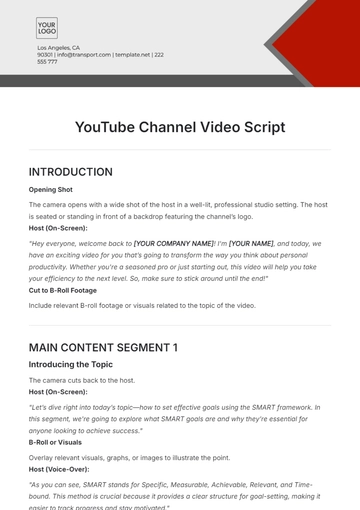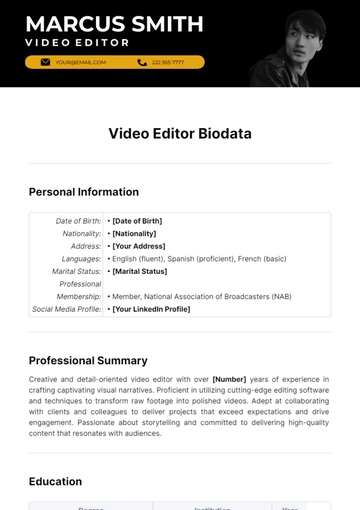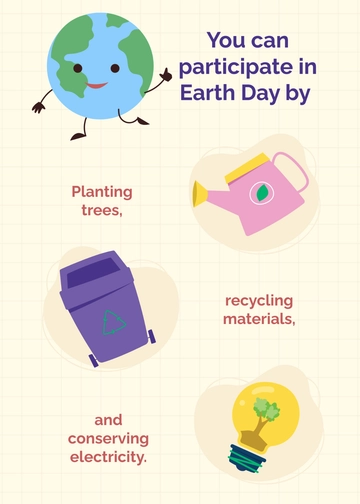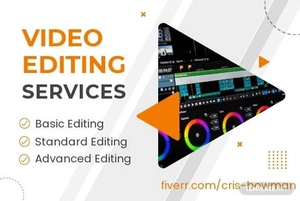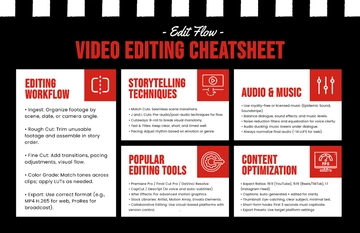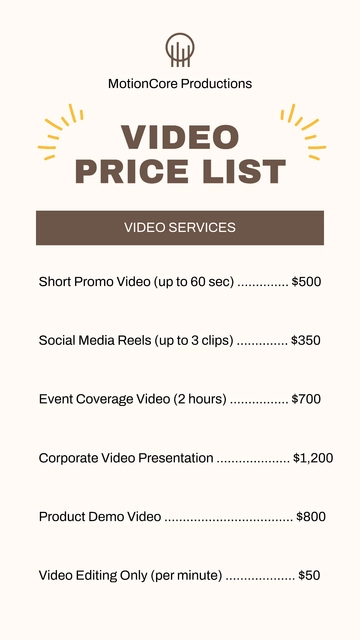Free Videographer Criteria
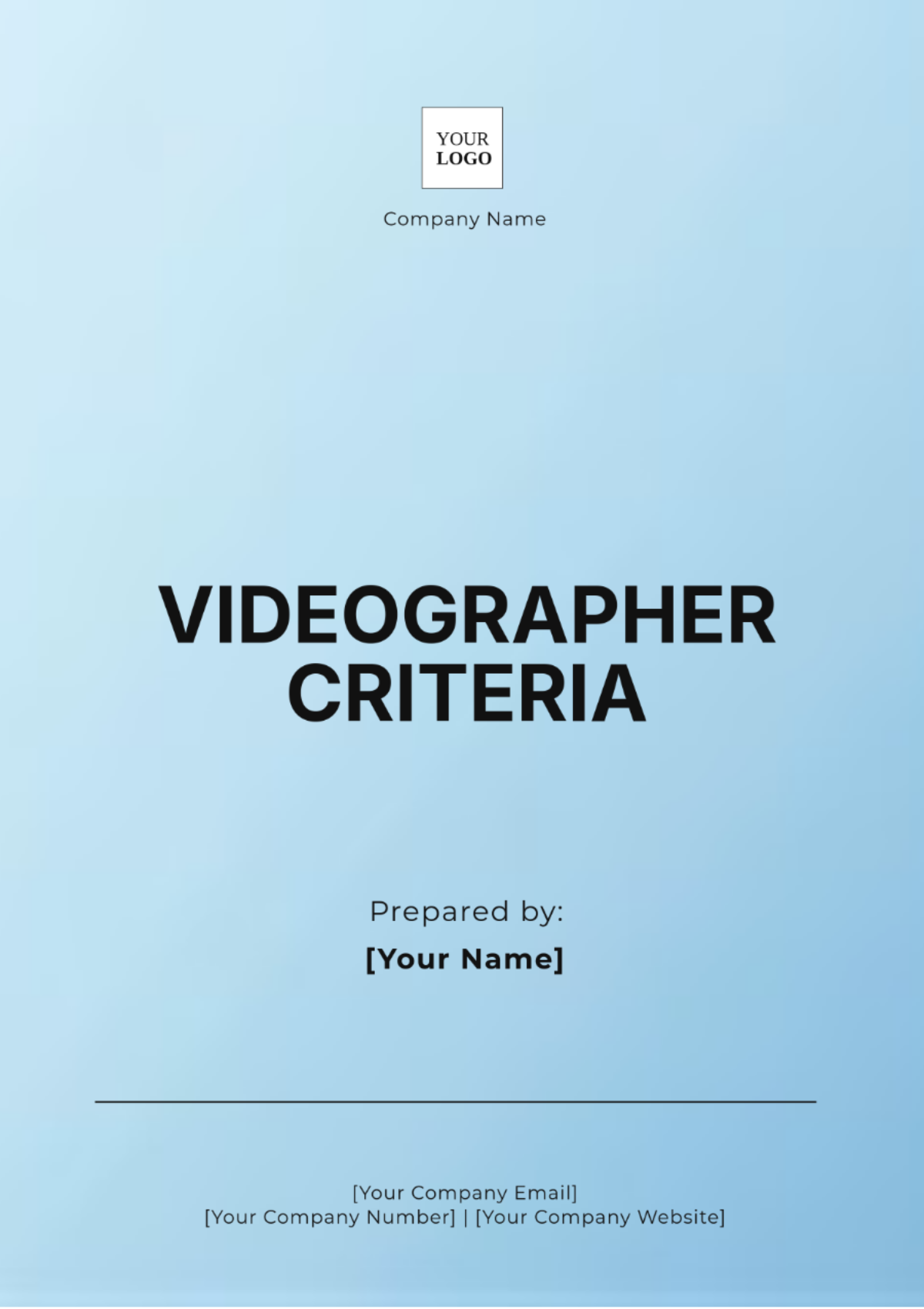
Prepared by: [Your Name]
Date: August 28, 2050
Introduction
The purpose of this document is to outline the essential requirements, preferences, and guidelines for producing a video. It serves as a comprehensive reference for all stakeholders involved in the project, ensuring a clear and mutual understanding of the project's goals, style, technical needs, and scheduling. This criteria document is designed to streamline the production process and facilitate effective communication among team members.
Purpose
This criteria document aims to establish a framework for video production aligned with project objectives, offering clear guidelines and specifications.
Define the project's scope and deliverables.
Align team members and stakeholders on the project's requirements.
Facilitate smooth coordination and execution throughout the production process.
Minimize misunderstandings and discrepancies, leading to a successful final product.
Scope
This document covers all critical aspects of the video production process, including:
Project Overview: A brief description of the video's intent and target audience.
Objectives: The specific goals the video aims to achieve.
Style & Tone: The desired visual and emotional style of the video.
Duration: The length of the video and any timing constraints.
Format & Resolution: Technical specifications such as video format and resolution.
Script & Storyboard: Guidelines for the script and visual planning.
Visual Elements: Requirements for visual style, including color schemes and fonts.
Audio Elements: Specifications for audio components such as music and sound effects.
Branding Guidelines: Branding requirements, including logos and brand messaging.
Deadlines & Milestones: Key deadlines and milestones for the production phases.
Criteria Table
Criterion | Description |
|---|---|
Project Goals | Clearly define the objectives of the video. This includes the message, target audience, and desired call to action. |
Style and Tone | Specify the intended style (e.g., documentary, promotional, educational) and tone (e.g., serious, humorous, inspirational) of the video. |
Technical Requirements | Detail the technical specifications such as video resolution, aspect ratio, frame rate, and audio quality. Mention any required formats and codecs. |
Content Structure | Outline the main sections of the video. Provide a storyboard or script if available. Ensure the flow and pacing are aligned with the project's objectives. |
Visual Elements | Describe the desired visuals, including graphics, animations, and b-roll footage. Mention sourcing of stock footage if necessary. |
Audio Elements | Indicate the type of background music, sound effects, and narration voice. Provide references or samples if available. |
Brand Guidelines | Ensure the video aligns with brand guidelines, including colors, fonts, and logos. Mention any specific brand elements to be included. |
Approval Process | Define the steps for review and approval, specifying key reviewers and decision-makers. Include timelines for feedback and revisions. |
Schedule and Milestones | Provide a detailed timeline, outlining key milestones from pre-production to final delivery. Ensure all stakeholders are aware of deadlines and dependencies. |
Budget and Resources | Specify the budget for the project. List the resources required, including equipment, personnel, and software. |
Evaluation Process
The evaluation process ensures that all aspects of the video production align with the established criteria and objectives. It involves a series of reviews and assessments to monitor progress and quality at various stages of the project. The process includes:
Initial Review: Verifies that the project's concepts and proposals align with the objectives.
Pre-Production Approval: Confirms that all pre-production elements, such as scripts and storyboards, are finalized and approved.
Production Review: Monitors the production process to ensure adherence to the criteria and schedule.
Post-Production Evaluation: Assesses the quality of the edited video, ensuring it meets technical and creative specifications.
Quality Assurance: Conducts a final check for errors and confirms that all criteria are met before delivery.
Feedback and Revisions: Addresses any feedback or revision requests from stakeholders.
Final Approval and Delivery: Obtains final approval and delivers the completed video as specified.
Post-Project Review: Evaluate the overall success of the project and identify areas for improvement.
- 100% Customizable, free editor
- Access 1 Million+ Templates, photo’s & graphics
- Download or share as a template
- Click and replace photos, graphics, text, backgrounds
- Resize, crop, AI write & more
- Access advanced editor
Elevate your video production process with Template.net's Videographer Criteria Template. This highly customizable and editable template allows you to tailor your criteria with ease. Editable in our AI Editor Tool, it offers seamless adjustments to meet your specific needs. Perfect for professionals seeking efficiency and precision in their videography projects.
